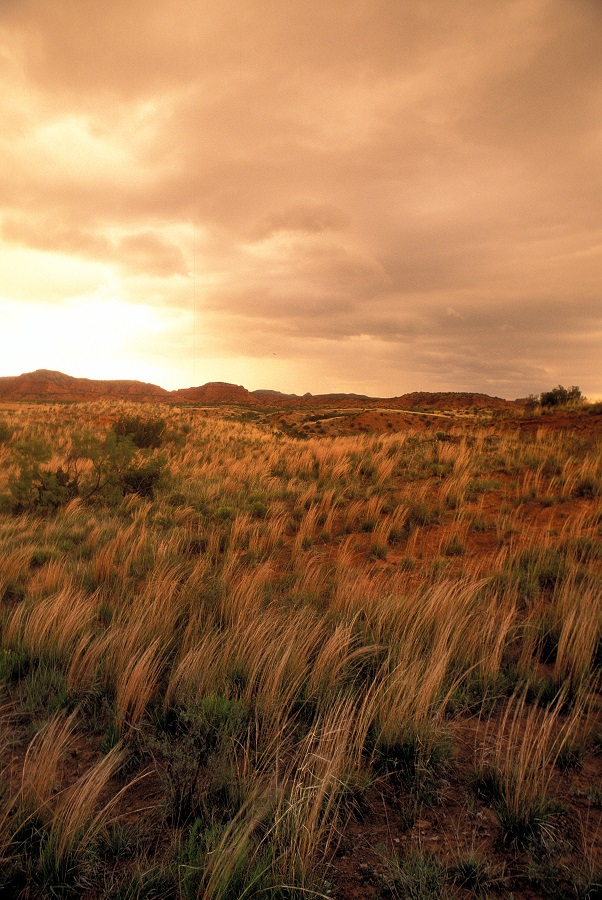Conservation: Land Restoration
This is Passport to Texas
Returning land to near its original state –it’s condition prior to farming, grazing or development –takes years of planning and preparation.
07—Practically speaking it might take you a couple years to do some habitat assessment…to do some botanical assessment…
David Riskind… director of the natural resources program for state parks… says in most cases we can only approximate what the land looked like.
06—Most of the lands were previously forested…they were timbered…they were ranched…they’ve been modified.
One reason it takes two or more years to conduct assessments has to do with the state’s climate extremes.
14—We might acquire a piece of property, for example, during a drought year. We’d like to see what it looks like when it’s wet. So, before we do anything, we want to see what’s there. And quite often, we’re surprised at what recovers on a site after it has a chance to rest for a while.
After the land has had a chance to rest, then assessments take place.
13—We will do our baseline assessments. We may do some quantitative work… And then, for example, if it’s a grassland restoration project, it might take us another couple of years to gather the kinds of seed that we need to do restoration.
Find landowner information on the TPW website.
The Wildlife Restoration Program…supports our series and funds diverse conservations projects in Texas. For Texas Parks and Wildlife…I’m Cecilia Nasti.



 Passport to Texas is a
Passport to Texas is a  Passport to Texas is made available by:
Passport to Texas is made available by: